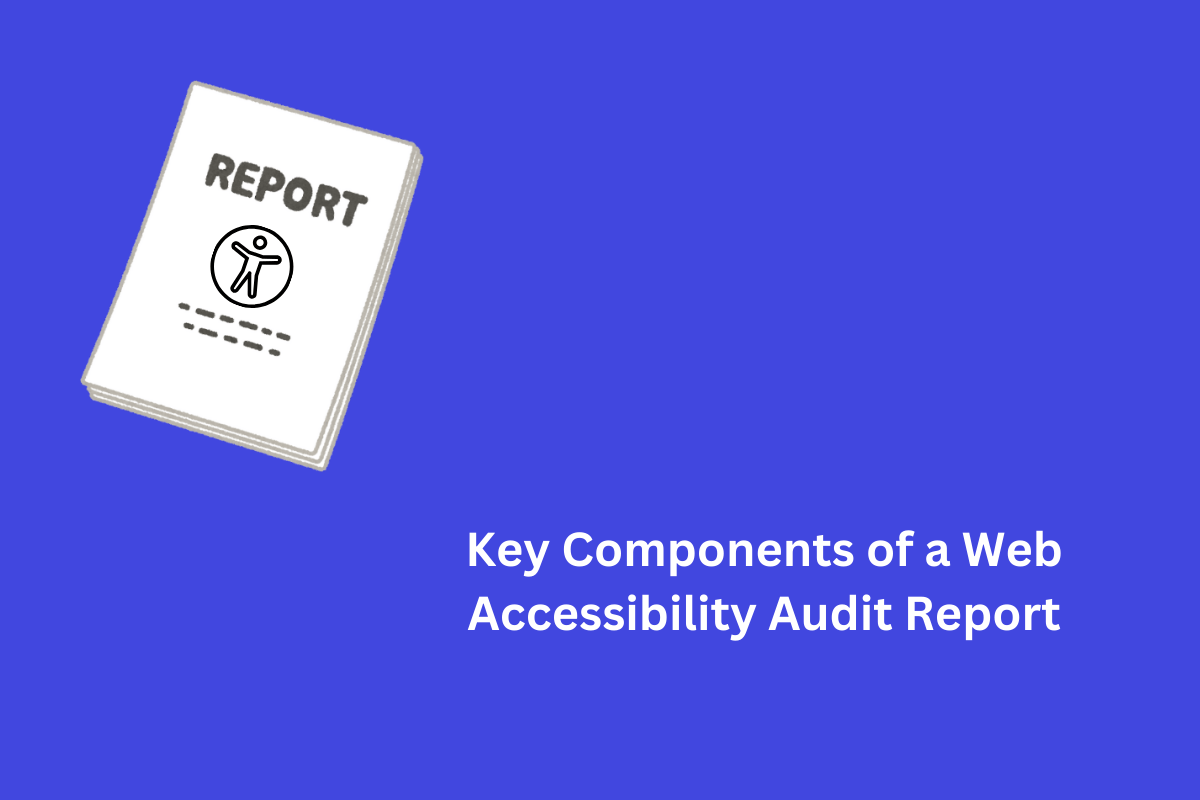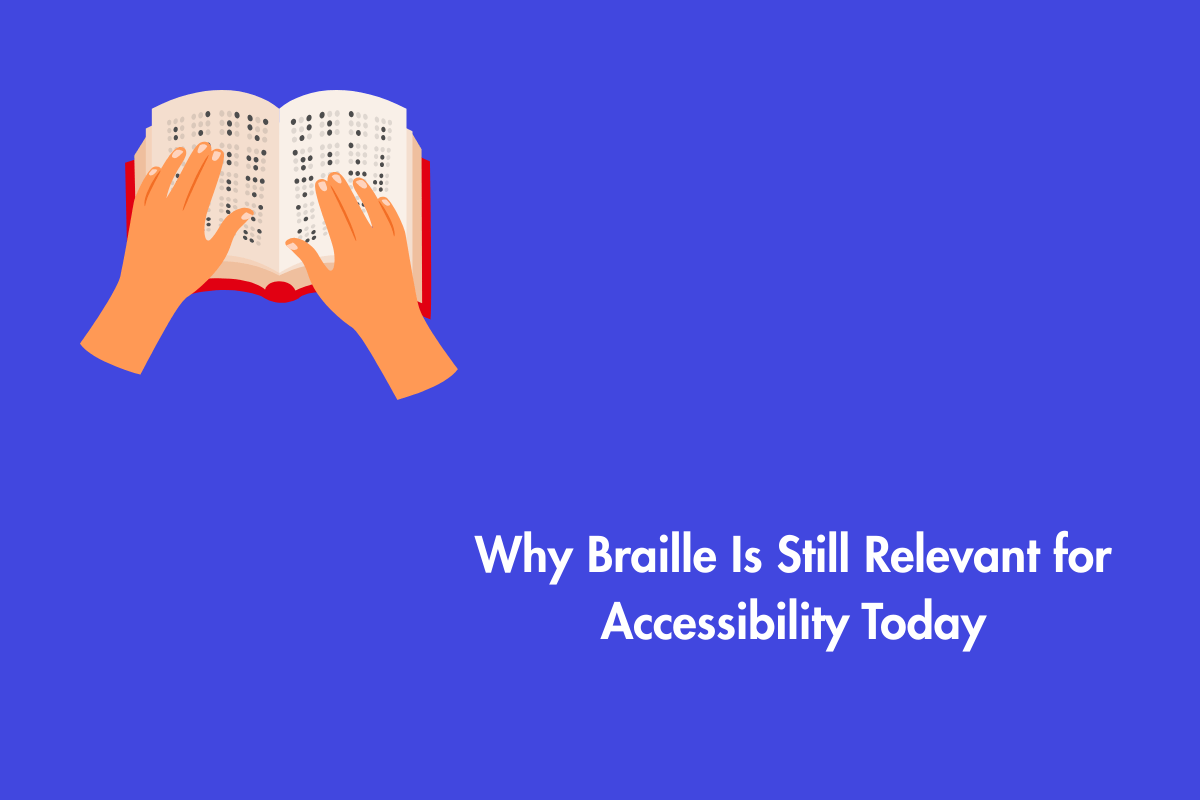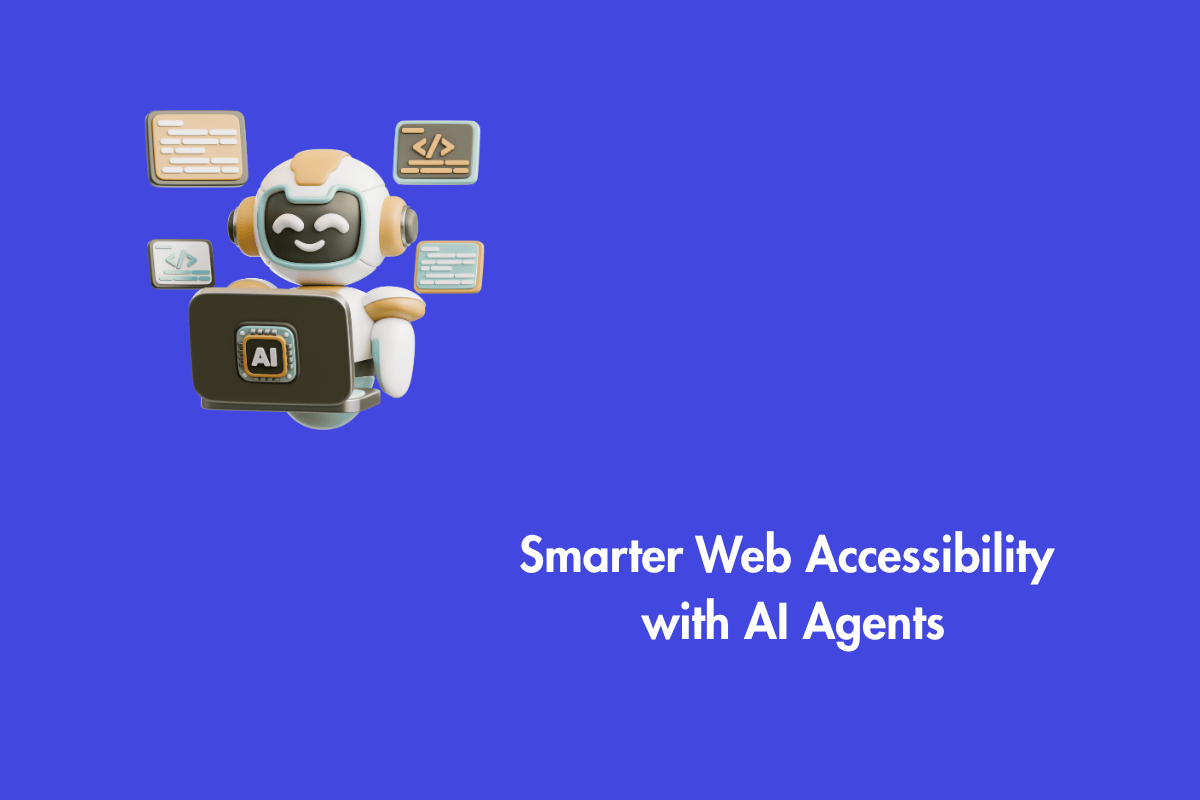Imagine a college student named Jamie, eager to apply for a scholarship. Jamie opens the university’s website, only to discover that the application form is impossible to navigate with a screen reader. Frustrated and disheartened, Jamie abandons the application, thus missing out on a crucial opportunity. Also, the website has missed out on a student. Unfortunate, isn’t it? This illustrates the importance of web accessibility and the role of a website accessibility report in identifying barriers and providing solutions. Let’s delve further into understanding the importance of web accessibility and how your website can achieve accessibility.
Table of Contents
The Importance of an Accessibility Report for Websites
Accessibility reports are essential for ensuring that all users, including those with disabilities, can effectively interact with digital content.
These reports help organizations:
- Identify Barriers: Discover what users with disabilities encounter while navigating the website.
- Enhance User Experience: Improve overall usability for everyone, including individuals with disabilities.
- Ensure Compliance: Meet legal requirements and accessibility standards like the Web Content Accessibility Guidelines (WCAG).
Accessibility reports are essential for organizations striving to meet legal requirements while improving user experiences. Different regions have specific laws and regulations guiding accessibility practices:
- Section 508 of the Rehabilitation Act of 1973: Applies to federal government websites and digital products in the United States.
- Standards and Guidelines for the Web (SGWC) and WCAG 2.1: These guidelines are mandatory for government websites and mobile apps in Canada.
- Americans with Disabilities Act of 1990 (ADA): A civil rights law in the US that promotes inclusiveness and prohibits discrimination based on disability.
- Accessibility for Ontarians with Disabilities Act (AODA): Aims to make Ontario accessible for people with disabilities by establishing standards across various sectors.
- EAA: Estabilished in 2019 and began being adopted by individual countries since 2022, the European Accessibility Act mandates products and services to be accessible to all individuals including people with disabilities. Providers of products and services covered by the EAA have until June 2025 to achieve compliance.
What is an Accessibility Report?
A web accessibility report is a detailed analysis of a website’s compliance with accessibility standards.
It usually includes:
Findings: Key barriers identified during the evaluation.
Recommendations: Suggestions for enhancing accessibility based on the identified issues.
Its important for highlighting the barriers that individuals with disabilities face while navigating a website based on various accessibility guidelines such as:
Web Content Accessibility Guidelines (WCAG)
The Web Content Accessibility Guidelines (WCAG) are globally recognized standards for ensuring web accessibility, developed by the World Wide Web Consortium (W3C). WCAG defines three levels of conformance: A, AA, and AAA. Organizations follow these guidelines to improve accessibility and meet legal requirements, including the ADA and Sections 508 and 504 of the Rehabilitation Act.
EN 301 549
EN 301 549 is the European standard for the accessibility of ICT products and services. Similar to Section 508 in the United States, it sets out the accessibility requirements for public procurement of ICT across Europe.
Key Components of an Web Accessibility Report
An accessibility report is a structured document that provides detailed insights into a website’s compliance with accessibility standards. Here are the key components usually included in a web accessibility report:
- URL
The specific web address of the page being evaluated, allowing for easy reference.
- Date and Time
The date and time when the accessibility evaluation was conducted, ensuring the report reflects the most current state of the website.
- Title
The title of the page being analyzed, providing context for the report findings.
- Description
A brief overview of the page’s purpose and content, helping reviewers understand its functionality and target audience.
- Path
The navigational path leading to the evaluated page, which can assist in locating the content during reviews.
- Code Snippet
Relevant portions of the website’s HTML or CSS code that demonstrate specific accessibility issues, allowing developers to pinpoint areas needing improvement.
- Impact
An assessment of how each identified issue affects users, particularly those with disabilities. This could be categorized by severity, indicating whether an issue is critical, serious, moderate, or minor.
- Success Criteria/Tags
References to specific WCAG success criteria that are not met, including tags or labels for better organization of issues in the report.
- Recommendations
Actionable suggestions for addressing the identified accessibility issues, tailored to help developers and content creators enhance the user experience for everyone.
Successful Accessibility Initiatives
Several organizations across various sectors have successfully improved accessibility through strategic initiatives:
E-commerce
Tesco collaborated with the Royal National Institute of Blind People (RNIB) to improve their online grocery shopping experience, resulting in a remarkable 350% increase in online sales.
Technology
Apple developed VoiceOver and Braille display support, expanding their user base. Similarly, Microsoft created the Xbox Adaptive Controller to make gaming more inclusive.
Media
Netflix improved closed captioning options, enhancing the viewer experience. The BBC made its iPlayer more screen reader-friendly, simplifying navigation for visually impaired users.
Social Media
Instagram added image description features, improving access to visual content, while Facebook introduced auto-generated image descriptions to help users better understand content.
Finance
The Legal & General Group updated their website accessibility, which led to a 25-50% increase in site visits.
Utilizing Web Accessibility Evaluation Tools
To conduct an effective accessibility assessment, organizations often use various tools. Here are some popular ones:
WAVE Accessibility Report: A free tool that identifies accessibility issues and provides a WCAG report to highlight compliance with Web Content Accessibility Guidelines.
Siteimprove Reports: Provides insights into a website’s overall accessibility performance, helping organizations prioritize improvements.
Web Accessibility Audit Report by LERA: A comprehensive evaluation that outlines the accessibility status of a website.
How can AEL Data help you?
A web accessibility audit report offers a comprehensive evaluation of a website’s adherence to accessibility standards.Our accessibility report is summarised into three categories:
- Scope
- Platform compatibility matrix
- Assistive Technology Compatibility Overview
Scope
In this category, we analyze every single URL on your website against the WCAG 2.0 & 2.1 (all levels) and Section 508 standards. All the identified issues are then categorized and prioritized according to their severity. We also provide recommended fixes for the remediation of these issues.
Platform compatibility matrix
Various OS (such as Windows, Mac, etc.) and platforms (browsers such as Chrome, Firefox, etc.) test your website against the WCAG 2.0, 2.1 (all levels), and Section 508 standards, as the name suggests.
Assistive Technology Compatibility Overview
Assistive Technology refers to any software or device that aids individuals with disabilities in performing everyday tasks, such as accessing websites. In this context, we test your website using a variety of Assistive Technologies (e.g., NVDA, TPGI Color Contrast Analyzer, etc.) to ensure compliance with WCAG 2.0 & 2.1 (across all levels) and Section 508 standards.
Our thorough audit combines both automated and manual methods to deliver a comprehensive evaluation of any accessibility issues on your site. At AEL Data, customers are our top priority. To further support you, we offer post-project transition strategies to assist your team in resolving any issues once your website goes live.
End words
In conclusion, an accessibility report is a crucial tool for any organization aiming to improve its digital presence and meet legal requirements.. By understanding the components and utilizing the accessibility evaluation tools list, organizations can take significant steps toward inclusivity.
For a thorough accessibility report for your website, contact AEL Data today. We can help you create an effective WCAG compliance report and improve your website’s usability for everyone.



